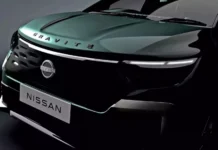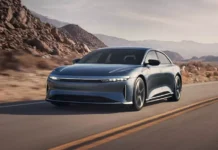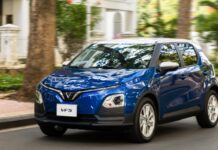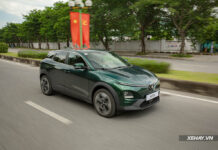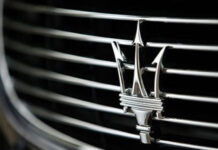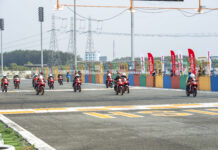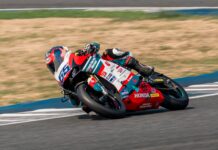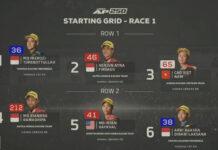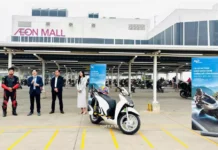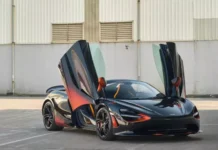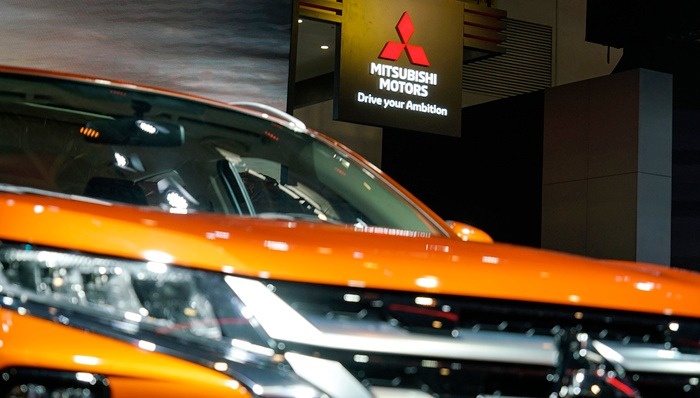
|
|
Image source: Jiemian (as caption) |
According to Car News China, Mitsubishi Motors has recently ended its joint venture with Shenyang Aerospace Mitsubishi, marking its complete withdrawal from the world’s leading automotive market.
This decision follows Mitsubishi’s halt in car production in China back in 2023, reflecting the company’s strategy amidst the country’s rapid shift towards new energy vehicles.
Established in August 1997, Shenyang Aerospace Mitsubishi quickly became a cornerstone of Mitsubishi’s strategy in China. The joint venture was responsible for manufacturing engines for Mitsubishi cars, as well as several local brands.
|
|
|
Mitsubishi’s exit from China. Image source: Mitsubishi. |
The joint venture, operational since 1998, provided crucial drivetrain components to support local assembly lines of Mitsubishi and third-party companies. However, by early July this year, Mitsubishi withdrew its shareholder status from the venture.
In a statement, Mitsubishi Motors attributed the industry’s rapid transformation in China as the primary reason for its withdrawal. The Japanese automaker also emphasized reassessing its strategy and regional priorities.
Mitsubishi first entered the Chinese market in 1973 with a shipment of medium-duty trucks. By the early 2000s, its engine ventures were supplying drivetrains for approximately 30% of cars produced in China.
However, the rise of the new energy automotive industry, coupled with the declining demand for internal combustion engines, has eroded Mitsubishi’s position in the country.
The GAC Mitsubishi joint venture, established in 2012, initially showed great promise. Sales peaked at 144,000 units in 2018, largely due to the contribution of around 105,600 Outlander vehicles. However, annual consumption plummeted to 33,600 units in 2022 as numerous local electric car brands emerged.
|
|
|
The Mitsubishi Outlander, produced by the GAC Mitsubishi joint venture. Image source: GAC Mitsubishi. |
As of March 2023, GAC Mitsubishi reported total assets of nearly 4.2 billion NDT (approximately 582 million USD), but its liabilities exceeded 5.6 billion NDT (around 778 million USD). By October of the same year, Mitsubishi announced the cessation of production in China and unveiled restructuring plans. The GAC group subsequently took full ownership of the venture, intending to convert the factory to produce electric cars under its Aion brand.
Mitsubishi’s withdrawal reflects the challenges faced by foreign automakers amid the rapid electrification of China’s automotive industry. Local brands like BYD and Tesla have gained dominance in the market, pushing joint ventures like GAC Mitsubishi and GAC-FCA into difficult positions.
Recommended Reads for Your Journey
Our ‘Xe’ section offers a diverse range of captivating book titles to engage your mind during your travels. Whether you’re embarking on a long journey or enjoying a quiet moment, these books are the perfect companions.
The All-New Peugeot 308: Unveiling a Refined Design and Enhanced Features for 2026
The Peugeot 308 makes a bold return with its sleek, refined design and an array of cutting-edge technologies. With a focus on electrification, the 308 showcases that hatchbacks and wagons are here to stay. The new model features a sharp aesthetic, enhanced by innovative engineering, proving that these classic body styles can still turn heads and offer a dynamic driving experience.
The Electric Revolution: Unveiling the All-New Livan Smurf by Geely, Priced Under 131 Million VND
The Livan Auto brand, part of the Geely family, has unveiled its latest creation: the Livan Smurf. This all-electric microcar packs a punch with its unique design and impressive features. With a playful name and a vibrant personality, the Livan Smurf is set to revolutionize the urban mobility experience, offering a fun and sustainable way to navigate city streets.


